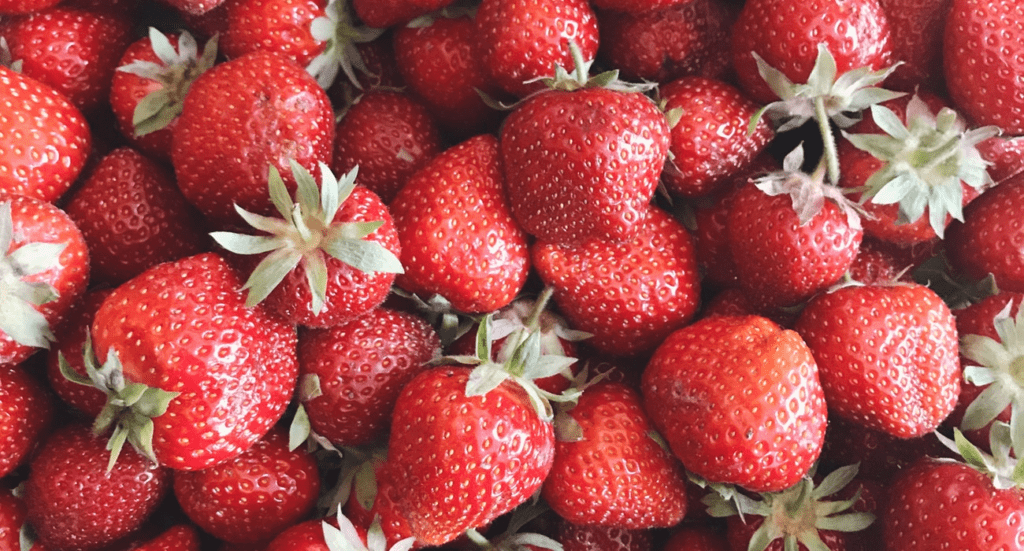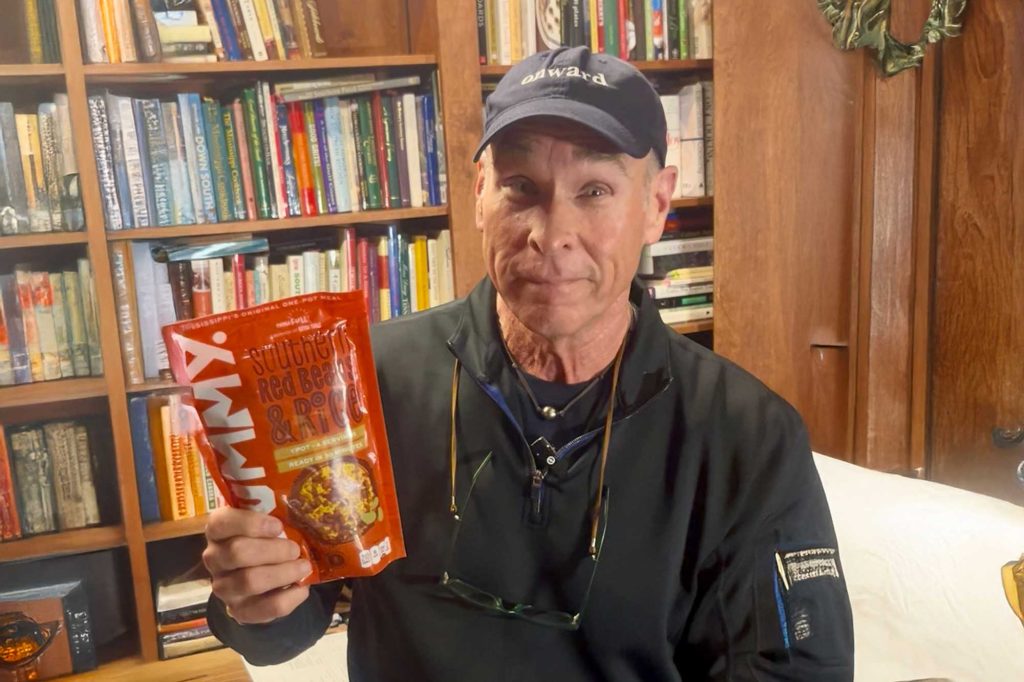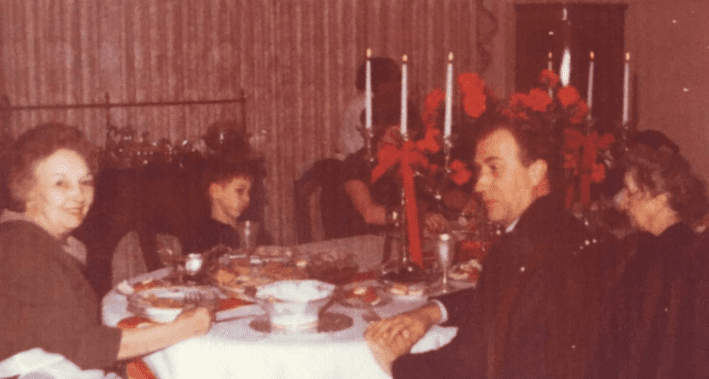
- Robert St. John says his world was once consumed with white-tablecloth restaurants. Now, casual and fun with tasty food is on the menu.
My initial exposure to a fine dining restaurant was Galatoire’s in New Orleans. I was probably five or six when I first dined there. My mother took my brother and me to New Orleans every year in December. We went to the Maison Blanche department store, visited Mr. Bingle, had our photo taken with Santa, and then walked a block— in coat, tie, and Sunday shoes— to Galatoire’s.
I don’t remember what I ordered to eat, but there’s a 99% chance it was fried shrimp. I almost always ate fried shrimp on the rare occasions we dined out. The only thing I do remember is that it was the first time I was allowed to go to the restroom by myself. It was also the first time I ever saw a urinal. And in yet another first, there was ice in the urinal. The only reason I know this is because— according to the story that has been retold over and over since the incident— I ran out of the Galatoire’s men’s toilet yelling across the dining room, and within earshot of the entire restaurant and probably a good portion of the kitchen, too “Mom, I tee-tee’d on the ice!” over and over as I raced back to the table.
I’m not sure if we hit too many more fine dining restaurants for a while.
Though, when visiting my uncle in the Washington D.C. area, he— a retired Air Force officer— used to take us to various military bases and officer’s clubs in Virginia and Maryland. That is where I ate lobster for the first time. I probably knew better than to order the most expensive thing on the menu as a nine-year-old, yet I did it anyway.
I was a starving student for a while in my late teens and early twenties. One semester I blew all my college cafeteria meal-ticket money on a color television and had to eat from the $1.00 kid’s menu at a Bonanza restaurant most of that semester. I also lived on late-night pizza and frozen chicken pot pies for a few years. It wasn’t until my early twenties that I started using some of the tip money I was making as a waiter to visit fine dining establishments.
At 19-years-old, after landing my first restaurant job, I fell in love with the business. I knew I wanted to open a restaurant, but I wasn’t sure what type of restaurant. Though sometime in the mid 1980s a fine dining meal made an impression on me, and the decision was made. The restaurant that turned the tide for me— surprisingly enough— wasn’t a New Orleans restaurant, but a restaurant in Destin, Florida; Beachside Café.
Most of the Coastal seafood restaurants I had dined in to that point were old-line Mississippi Gulf Coast restaurants— blue napkins, Gulf view, Captain’s wafers, butter pats, blue tumblers, paper placemats, stuffed flounder, speckled trout amandine, and fried shrimp. I loved those old standbys and have nothing but fond memories of childhood visits to The Friendship House, Baricev’s, and The Tiki Room. There was something new and unique about Beachside that spoke to me. It was seafood, but elevated several levels, and unlike the typical New Orleans offerings of the day.
What I know now is that there was a classically trained French chef who had worked at Windows on the World in New York before moving to Joey’s, a French-themed fine dining restaurant in Baton Rouge, after finally ending up at Beachside in Destin. Instead of French cuisine meets the bayou in New Orleans, it was French technique meets the beach. In 1985, the Beachside chef was pairing French mother sauces and various beurre blanc variations with Gulf-fresh seafood such as grouper, red snapper, soft-shell crab, and oysters and creating flavor profiles that I had yet to experience in other seafood restaurants. It hit home, and I went from dreaming of gourmet burger concepts to eating, sleeping, and breathing fine dining in that style.
All my spare change went into meals at as many fine dining restaurants as I could afford. I opened the Purple Parrot Café in 1987. We had a great 33-year run in the fine-dining world until Covid put the final nail in the coffin. For the first 25 years of that 33-year run, I lived in a world of constant research and development when traveling.
Doing constant fine dining R&D at some of the nation’s best restaurants for three decades might sound fun to some, but in the middle of it— like anything— it gets old. After a while I started craving “real” food, just basic honest, simply prepared items and casual atmospheres. I guess I’m still in that mode.
I still travel from New York to Napa and hit up three-star establishments, especially since my son has been in culinary school. He’s totally into it and has the same mindset I had around his age. He looks forward to working with tweezers. I appreciate the dedication it takes and the artistry today’s chefs exhibit. I respect the creativity, professionalism, and devotion they have to their craft. They are reaching heights I never could have imagined when I was in the kitchen. The top tier of fine dining today is true artistry, and the kitchens and dining rooms in which they practice their craft are culinary art galleries.
But sometimes you just want a good piece of fried chicken.
From Fine Dining to Craving Simplicity
That happened to me a couple of decades into the fine-dining career. My world had been consumed with white-tablecloth restaurants, mine and others. I was either collaborating and creating new dishes on a seasonal menu that changed weekly or dining in someone else’s fine-dining restaurant looking for ideas and inspiration.
Every now and then one wants simple, uncomplicated comfort food. I reached that point several years before I mothballed the Purple Parrot. Closing the Parrot three years ago this week was a tough decision in some ways, and a very easy decision in others. Given time, it turned out to be one of the best business decisions I have ever made. Do I miss it? Yes. Do I wish my hometown still had a nationally recognized fine dining establishment? Yes. Do I miss it bad enough to open another one? Maybe. Actually, “Not yet.” Is the correct answer.
We currently have, in the role of Chief Culinary Officer, the most talented and experienced chef we have worked with in our 37-year history, Chef Nevil Barr. We also have a family member— my son— in culinary school. He is going to work for one of the country’s top 10 restaurant groups in Chicago for two years after he graduates this December. Who knows what the three of us will cook up several years from now?
In the meantime, we’ll be living and working casually. The growth vehicles for our company, Ed’s Burger Joint and The Midtowner, are the antithesis of fine dining. But both are restaurants of which I am extremely proud. I eat in at least one of them every day. They’re casual, fun, and offer tasty food. There’s no ice in the urinals and not a pair of tweezers in sight.
Onward.
#####
This Week’s Recipe: Fresh Strawberries with English Cream

There aren’t very many things that are more refreshing and satisfying than strawberries in the summertime in the South. This simple yet elegant dessert highlights the natural sweetness of ripe strawberries, enhanced by the rich and velvety texture of the cream. Perfect for any occasion, this classic treat is sure to impress and satisfy every sweet tooth.
Ingredients
1 cup cream
1 cup half and half
2 tsp Grand Marnier
¾ cup sugar, divided
5 egg yolks
2 tsp vanilla extract
For strawberries
4 pints fresh strawberries, hulls removed and berries quartered
½ cup sugar
1 tsp fresh lemon juice
Instructions
In a 1 quart stainless steel pot bring the cream, half and half, Grand Marnier, vanilla and half of the sugar to a simmer. While it is heating, combine the yolks and remaining sugar in a mixing bowl and whip until light in color.
Slowly temper (pour) the cream mixture into to yolks. Once all of the cream has been added into the yolk mixture, return the mixture back to the pot. Cook over low-medium heat stirring constantly with a wooden spoon or spatula, do not use a whip. Make sure to stir the edges and bottom of the saucepot well while the sauce is cooking. Cook until the mixture becomes thick enough to coat a spoon or spatula.
Remove from the heat pour the sauce immediately into a stainless steel bowl and cool down over an ice bath. Refrigerate until needed. This sauce will hold for three to four days covered and refrigerated.
While the sauce is cooling, prepare the strawberries.
Place the cleaned and cut berries in a large mixing bowl, sprinkle the sugar and lemon juice over the berries and gently toss them in the bowl so that the sugar gets evenly distributed. Do this 1-2 hours prior to serving.
To serve, divide the strawberries evenly among 8 small chilled serving bowls or ice cream dishes. Drizzle one quarter cup of the sauce over the berries and serve.
Yield: 8 servings











